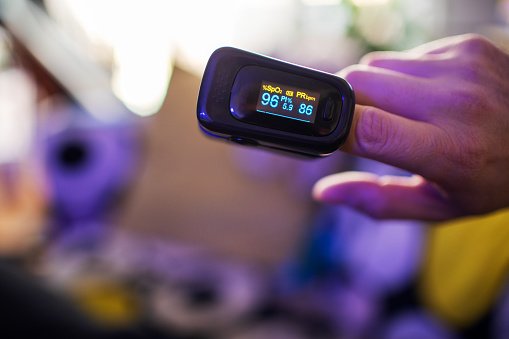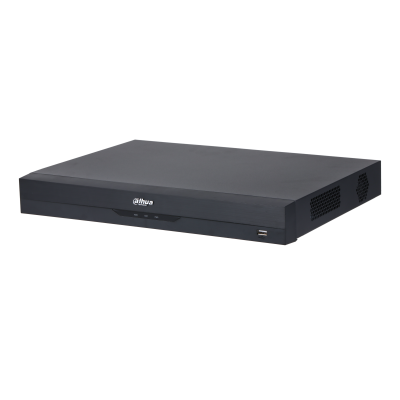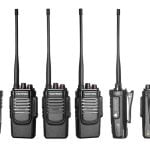
pulse oximetry is a noninvasive test that measures the oxygen achromatic position of your blood.
It can fleetly descry indeed small changes in oxygen situations. These situations show how expeditiously blood is carrying oxygen to the extremities farthest from your heart, including your arms and legs.
The pulse oximeter is a small, clip-suchlike device. It attaches to a body part, utmost generally to a cutlet.
Medical professionals frequently use them in critical care settings like exigency apartments or hospitals. Some croakers, similar as pulmonologists, may use them in office settings. You can indeed use one at home.
Purpose and uses:
the purpose of pulse oximetry is to see if your blood is well oxygenated.
Medical professionals may use pulse oximeters to cover the health of people with conditions that affect blood oxygen situations, especially while they’re in the sanitarium.
These can include
• habitual obstructive pulmonary complaint (COPD)
• asthma
• pneumonia
• lung cancer
• anemia
• heart attack or heart failure
• natural heart complaint
Croakers use throbbing oximetry for a number of different reasons, including:
• To assess how well a new lung drug is working
• to estimate whether someone needs help breathing
• to estimate how helpful a ventilator is
• to cover oxygen situations during or after surgical procedures that bear sedation
• to determine whether someone needs supplemental oxygen remedy
• to determine how effective supplemental oxygen remedy is, especially when treatment is new
. • to assess someone’s capability to tolerate increased physical exertion
• to estimate whether someone shortly stops breathing while sleeping — like in cases of sleep apnea —
During a sleep study
How to take a reading:
pulse oximetry may be useful in both outpatient and inpatient settings. In some cases, your croaker may recommend that you have a throbbing oximeter for home use.
To take a reading with a throbbing oximeter, you will
.1. Remove any jewelry or fingernail polish on your cutlet if measuring from this position.
Pulse oximetry tests are an estimation of blood oxygen situations, but they’re generally precise. This is especially true when using high quality outfit plant in utmost medical services or sanitarium settings. With this outfit, medical professionals can carry out the tests directly.
The Food and Drug Administration (FDA)Trusted Source requires that prescription oximeters must provide results within an accuracy range of 4 to 6 percent.
The American Thoracic SocietyTrusted Source says that typically, more than 89 percent of your blood should be carrying oxygen. This is the oxygen saturation level needed to keep your cells healthy.
Having an oxygen achromatism temporarily below this position may not beget damage. But repeated or harmonious cases of lowered oxygen achromatism situations may be dangerous.
An oxygen achromatism position of 95 percent is considered typical for utmost healthy people. A position of 92 percent or lower can indicate implicit hypoxemia, which is a seriously low position of oxygen in the blood.
Colorful factors can affect readings, including a person’s skin tone.
A 2020 report compared the delicacy of palpitation oximetry tests and blood gas measures in detecting hypoxemia in Black and white cases.
Experimenters plant that among Black cases, there were three times as numerous cases of palpitation oximetry tests failing to descry occult hypoxemia when blood gas measures did so.
Tests like these were developed without considering a diversity of skin tones. The authors concluded that further exploration is demanded to understand and correct this ethnical bias.
A palpitation oximeter (palpitation ox) is a non-invasive device that estimates the quantum of oxygen in your blood. It does so by transferring infrared light into capillaries in your cutlet, toe, or earlobe. Also, it measures how important light is reflected off the feasts.
A reading indicates what chance your blood is impregnated, known as the SpO2 position. This test has a 2 percent error window. That means the reading may be as important as 2 percent advanced or lower than your factual blood oxygen position.
This test may be slightly less accurate, but it’s veritably easy for croakers to perform. So croakers calculate on it for fast readings.
Effects like dark nail polish or cold extremities can beget the palpitation ox to read lower than normal. Your croaker may remove any polish from your nails before using the machine or if your reading seems abnormally low.
Because a palpitation ox is noninvasive, you can perform this test yourself. You can buy palpitation ox bias at most stores that carry health-related products or online. Talk to your croaker before using a home device so that you understand how to interpret the results.

![ZKTeco ProFace X [TD] Body Temperature Measurement Attendance Device](https://shenzhenelectronicsbd.com/wp-content/uploads/2024/02/ZKTeco-ProFace-X-TD-Body-Temperature-Measurement-Attendance-Device-scaled-600x600.jpg)




